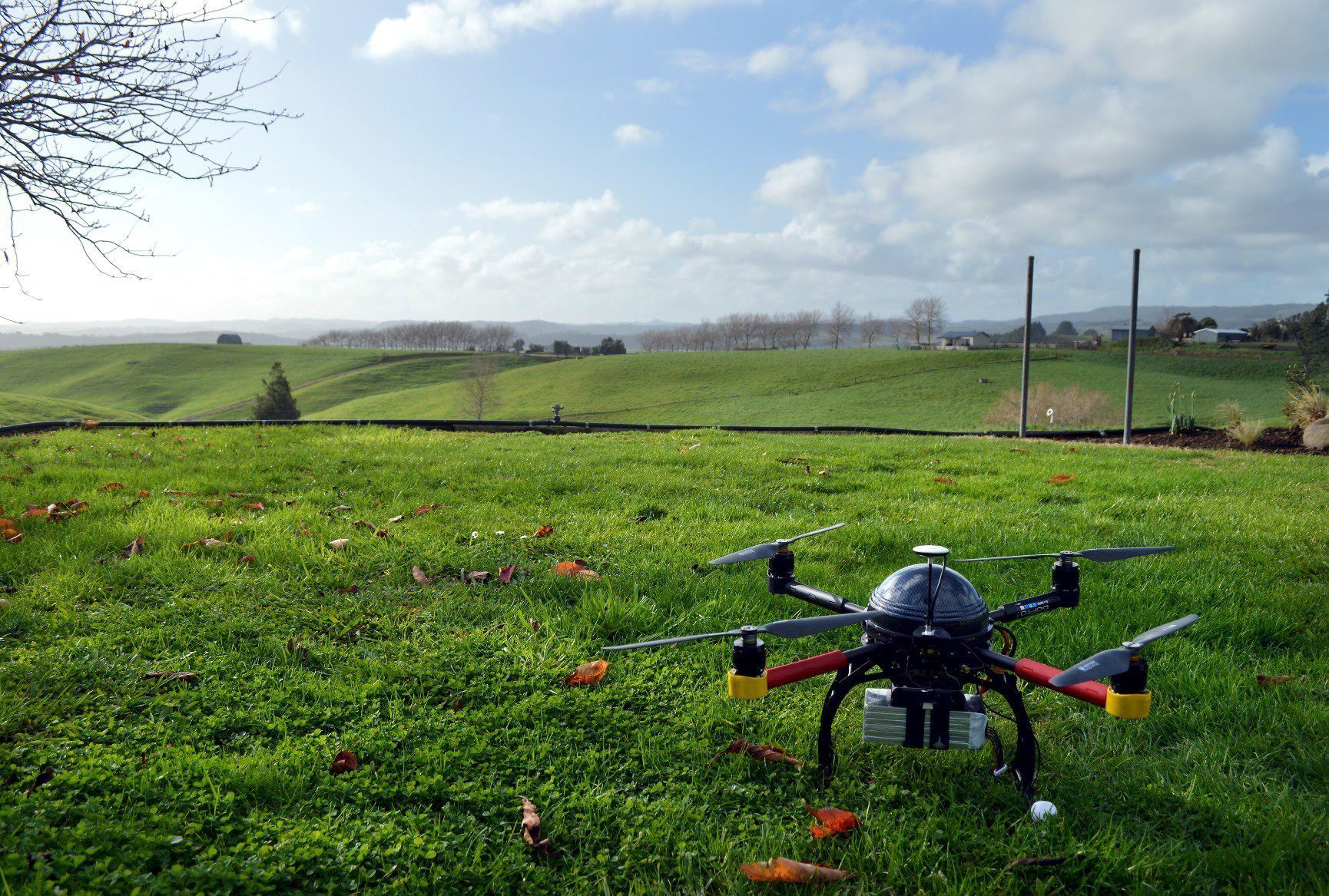The Industrial Revolution and the Digital Revolution are two pivotal moments in history that have significantly impacted the world. The Industrial Revolution occurred from the late 18th century to mid-19th century and saw advancements in manufacturing processes, transportation, and communication. The Digital Revolution began in the late 20th century and has transformed the way people communicate and work, with the advent of digital technology, the internet, and software and hardware development. Both revolutions have impacted labor, social and economic structures, and communication. Despite their differences, both have changed the way people live and work, and will continue to shape the world.
The Industrial Revolution vs. The Digital Revolution: Comparing Moments of Rapid Change
Introduction
The Industrial Revolution and the Digital Revolution represent two pivotal moments in history that have brought about significant changes in the world as we know it. Both of these revolutions were characterized by rapid developments in technology, changes in societal structures, and altered the way we live our lives. In this article, we will be comparing and contrasting the two revolutions to understand their similarities and differences.
The Industrial Revolution
The Industrial Revolution occurred from the late 18th century through the mid-19th century, primarily in Europe and North America. This era saw significant advancements in manufacturing processes, transportation, and communication. It was marked by the widespread use of steam power, electric power, and mechanical power, which led to an increase in production efficiency.
Technological advancements
During the Industrial Revolution, many technological advancements were made that changed the way people work and live. Innovations such as the steam engine, textile machinery, and the cotton gin led to mass production of goods, and the development of the locomotive and the steamship revolutionized transportation and allowed people to travel great distances in a fraction of the time it would have taken before.
Societal changes
The Industrial Revolution also brought about significant societal changes. With the rise of factories and manufacturing, people left their rural homes and moved to urban areas in search of work. The new social structure created by the Industrial Revolution provided greater opportunities for upward mobility, but also led to the development of a working-class and increased social stratification.
The Digital Revolution
The Digital Revolution is a period of rapid technological change that began in the late 20th century with the rise of digital technology, specifically the computer and the internet. This era has transformed the way we live and work, and has had a profound impact on society.
Technological advancements
Advancements in digital technology have fueled the Digital Revolution. The invention of personal computers, the internet, and the development of software and hardware have drastically changed the way people communicate, work, and learn. The rise of social media and mobile technology has also impacted the way people socialize and interact with each other.
Societal changes
The Digital Revolution has also brought about significant societal changes. One of the most significant changes has been the rise of the knowledge economy, where knowledge, creativity, and innovation are highly valued. The rise of the gig economy has also created new opportunities for people to work flexibly and for companies to access talent from all over the world. However, the Digital Revolution has also led to concerns about the impact of technology on jobs, privacy, and social isolation.
Comparing the Industrial Revolution and the Digital Revolution
Impact on labor
Both the Industrial Revolution and the Digital Revolution have had a significant impact on the labor force. The Industrial Revolution created a new working class, while the Digital Revolution has led to the rise of the gig economy and remote work. Automation and artificial intelligence have also impacted both the Industrial and Digital Revolutions, with machines replacing human labor.
Social and economic changes
Both revolutions have also had a profound impact on social and economic structures. The Industrial Revolution created a new social class system, with the creation of the working class, while the Digital Revolution has created a new knowledge-based economy. Both revolutions have also had an impact on globalization, with the Industrial Revolution leading to the rise of international trade, and the Digital Revolution leading to a globalized workforce and connectedness.
Impact on communication
Both revolutions have had a significant impact on communication. The Industrial Revolution led to improvements in transportation, allowing people to connect over greater distances. The Digital Revolution has led to even greater connectivity, with people able to communicate instantaneously across the world through the use of the internet and social media.
Conclusion
In conclusion, both the Industrial Revolution and the Digital Revolution represent moments of rapid change that have had a significant impact on society. While the Industrial Revolution was marked by the rise of factories and mass production, the Digital Revolution has been characterized by the rise of digital technology and the knowledge economy. Despite their differences, both revolutions have had a profound impact on the way we live and work, and will continue to shape the world in the years to come.
